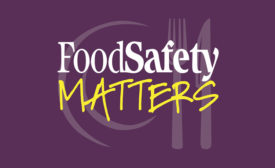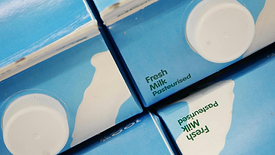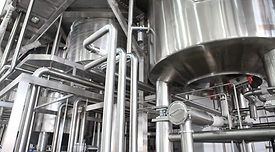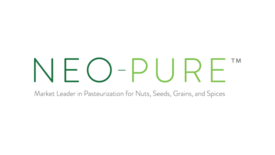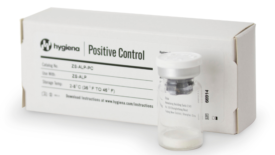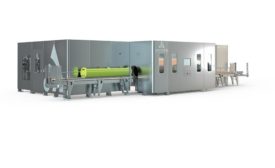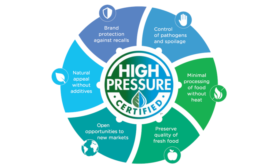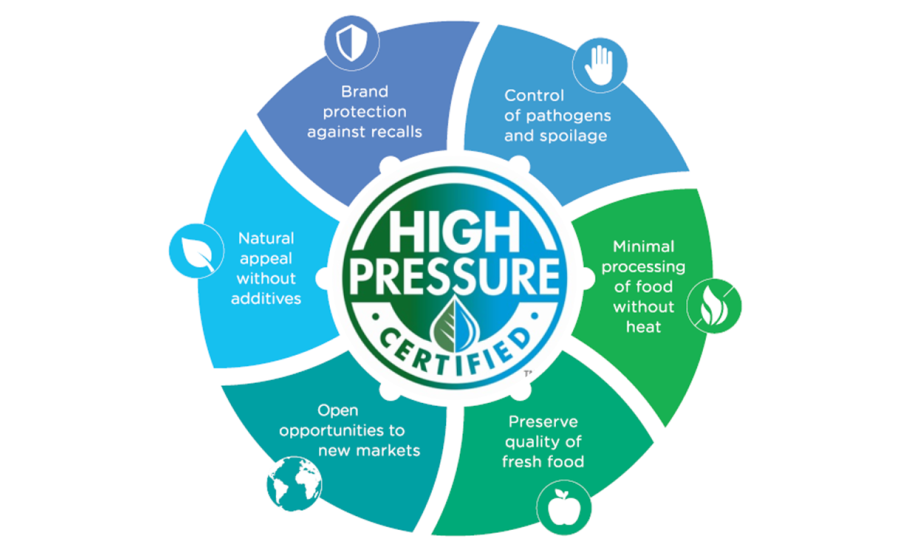Home » Keywords: » pasteurization
Items Tagged with 'pasteurization'
ARTICLES
BIZTRACKS
Innovative Almond Pasteurization Technology Receives TERP Validation
December 8, 2022
BIZTRACKS
Hygiena ZymoSnap ALP for Dairy Pasteurization Verification now AOAC-Certified
October 24, 2022
Novel no more: HPP grows with batch processing, new bulk juice handling
High pressure processing will continue to expand with increasing consumer demand for natural, fresh-tasting foods without preservatives
September 22, 2020
Never miss the latest news and trends driving the food safety industry
eNewsletter | Website | eMagazine
JOIN TODAY!Copyright ©2025. All Rights Reserved BNP Media.
Design, CMS, Hosting & Web Development :: ePublishing
